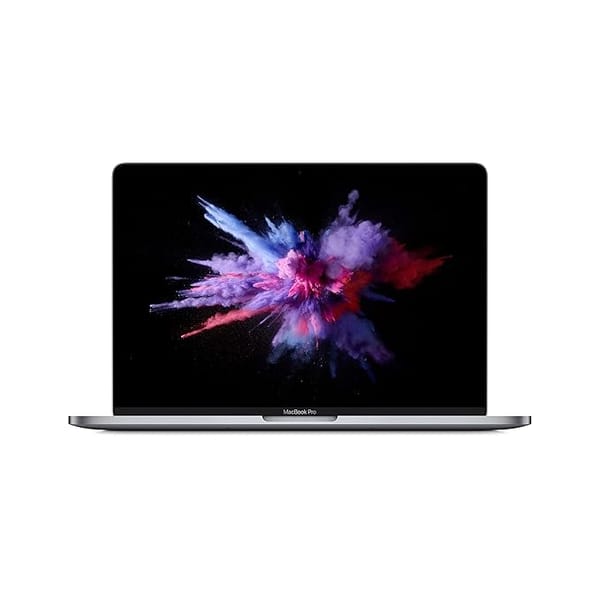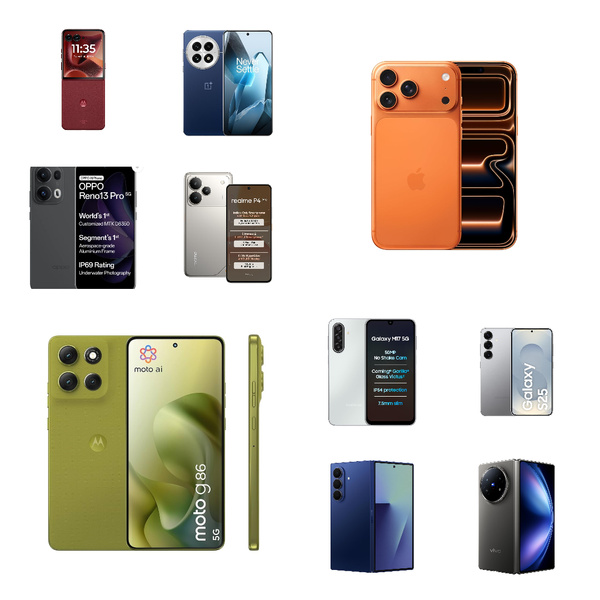Best Mid-Range Android Smartphones 2025: Refurbo's Top 10 Picked
Discover the best mid range smartphones of 2025, including the OnePlus 13R and Realme GT 7, offering flagship level performance, AI cameras and 5G connectivity all under ₹40,000.

TL;DR Mid-range smartphones in 2025 have evolved into genuine flagship contenders, offering powerful processors, high refresh rate AMOLED displays, AI-driven cameras and 5G connectivity all under ₹40,000. Leading the pack are the OnePlus 13R, Realme GT 7, Xiaomi 14T Pro, Nothing Phone (3a) Pro, and Google Pixel 9a, each excelling in distinct areas such as battery life, design, and photography. The OnePlus 13R stands out for balanced performance and smooth OxygenOS, while the Realme GT 7 impresses with its 5500mAh battery and 120W charging. The Pixel 9a dominates in camera performance, and Vivo T4 Ultra emerges as a top gaming option. Across the board, mid-range phones now deliver near-flagship processing power through chipsets like the Snapdragon 8 Gen 3 and MediaTek Dimensity 9400e. 5G connectivity has become standard, and refurbished models add excellent value, saving up to 40 percent without sacrificing quality. The performance gap between mid-range and flagship devices has narrowed to less than 10 percent in everyday use.
Introduction
In 2025, the mid-range smartphone market has become the most competitive segment in mobile technology. Once seen as the compromise between affordability and performance, mid-range phones now challenge flagships in camera quality, display technology, processing power and design. With brands like OnePlus, Realme, Xiaomi, Google and Nothing raising the bar, choosing the right device under ₹40,000 has become both exciting and confusing.
This comprehensive guide explores what defines a flagship killer, compares the best models in India as of November 2025 and helps you understand which features truly matter when selecting your next smartphone.
What Are Flagship Killer Mid-Range Phones? Definition & Market Positioning
Understanding the Mid-Range Smartphone Segment
The mid-range category represents smartphones typically priced between ₹25,000 and ₹40,000 in India. These devices are designed to offer performance close to premium flagships without reaching the steep price points of ₹70,000 or more. Manufacturers balance cost and capability by including top-tier processors, AMOLED displays, and solid cameras while saving on luxury finishes or minor flagship extras.
Key Differences Between Mid-Range and Flagship Phones
While flagships lead innovation, mid-range phones adopt most premium technologies within months. The difference often lies in camera sensors, waterproof certifications, or exclusive brand software features rather than core performance. For daily use, the gap has narrowed to the point that most users cannot tell the difference in speed or responsiveness.
Why Mid-Range Phones Are Better Value in 2025
In 2025, the best mid-range phones include features like 120Hz AMOLED screens, AI photography, and 5G connectivity — all at half the price of flagships. Combined with software support and high battery endurance, the value proposition is unmatched for most users.
The "Flagship Killer" Category Explained
A flagship killer is a mid-range phone that offers near-flagship performance, premium design, and cutting-edge hardware at a significantly lower cost. Devices like the OnePlus 13R and Realme GT 7 perfectly embody this spirit by offering Snapdragon 8 Gen 3 and MediaTek Dimensity 9400e chipsets at competitive prices.
Top Mid-Range Smartphones Under ₹40,000 in India (November 2025)
The Indian market now offers an impressive array of high-performing smartphones below ₹40,000. These models have been selected based on benchmarks, value for money, and overall user satisfaction.
| Rank | Smartphone | Key Feature | Price (₹) | Verdict |
|---|---|---|---|---|
| 1 | OnePlus 13R | Best overall performance | 39,999 | Balanced all-rounder |
| 2 | Realme GT 7 | Best battery life | 36,999 | Exceptional efficiency |
| 3 | Xiaomi 14T Pro | Premium build quality | 38,499 | Sleek design |
| 4 | Nothing Phone (3a) Pro | Best AI design | 37,999 | Distinctive look |
| 5 | Google Pixel 9a | Best camera for price | 35,999 | Superb imaging |
| 6 | OPPO Reno 14 | Elegant mid-range | 34,999 | Stylish and smooth |
| 7 | Vivo T4 Ultra | Best gaming performance | 32,499 | Great for gamers |
OnePlus 13R: Best Overall Performance
The OnePlus 13R delivers Snapdragon 8 Gen 3 power in a refined aluminium body. It handles multitasking, gaming, and photography effortlessly, making it a reliable performer for professionals and enthusiasts alike.
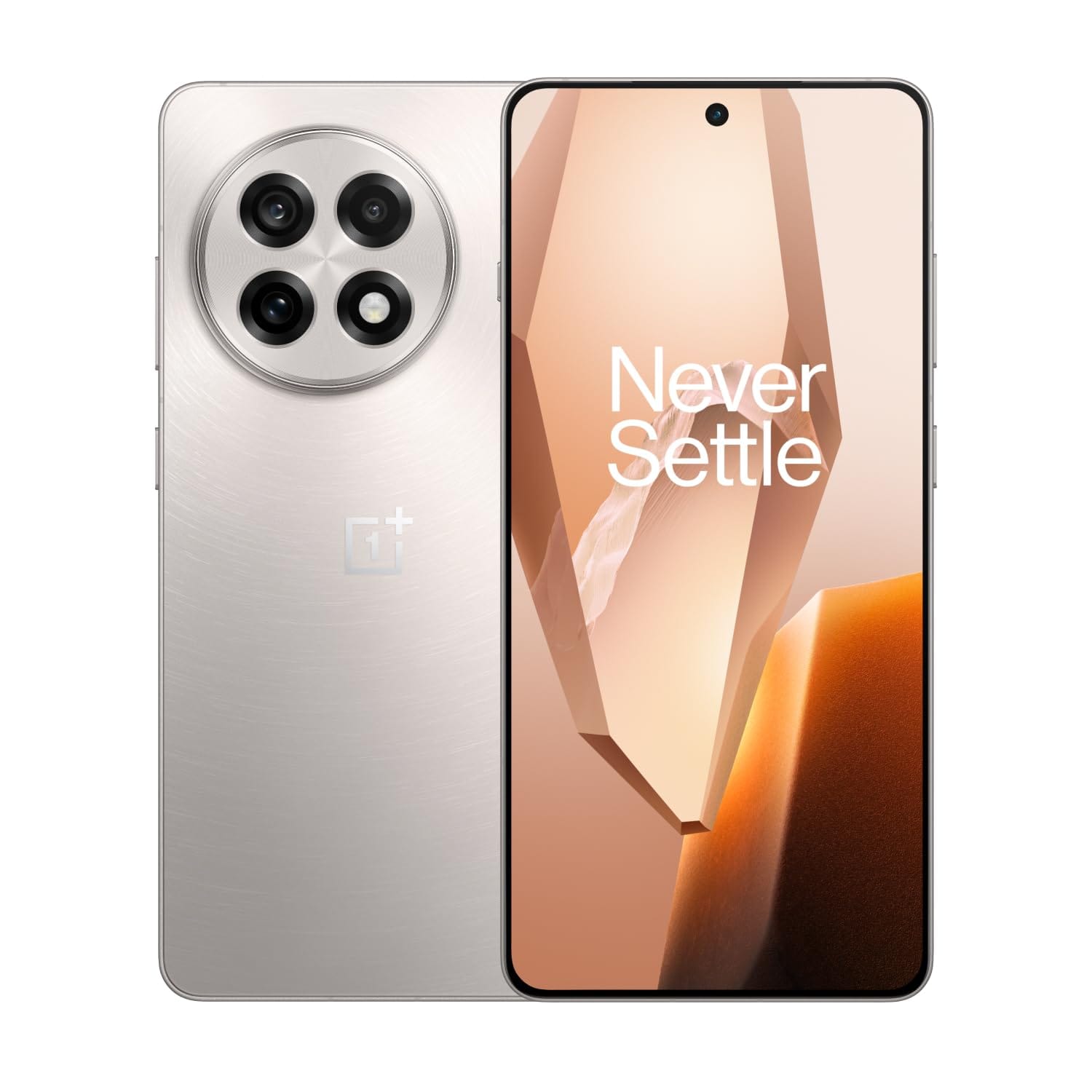
Realme GT 7: Best Battery and Value
Featuring a 5500mAh battery with 120W fast charging, the Realme GT 7 is ideal for users who demand endurance. It offers consistent all-day performance without overheating.

Xiaomi 14T Pro: Premium Build Quality
The Xiaomi 14T Pro stands out with its metal-glass build, Leica-tuned cameras, and flagship-level 1.5K AMOLED panel. It feels far more expensive than its price tag suggests.
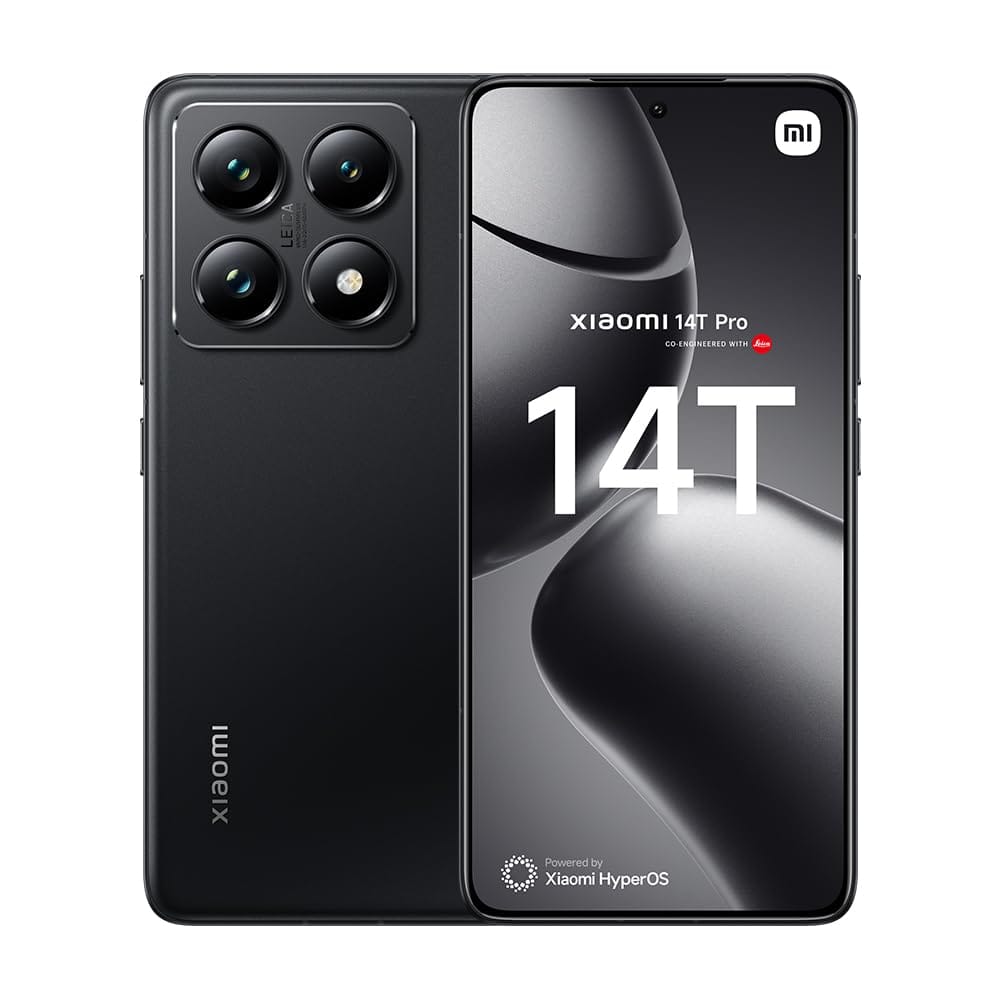
Nothing Phone (3a) Pro: Best Design and AI
The Nothing Phone 3a Pro redefines aesthetics with its transparent design and intelligent UI powered by onboard AI assistants. It blends creativity and functionality with impressive fluidity.
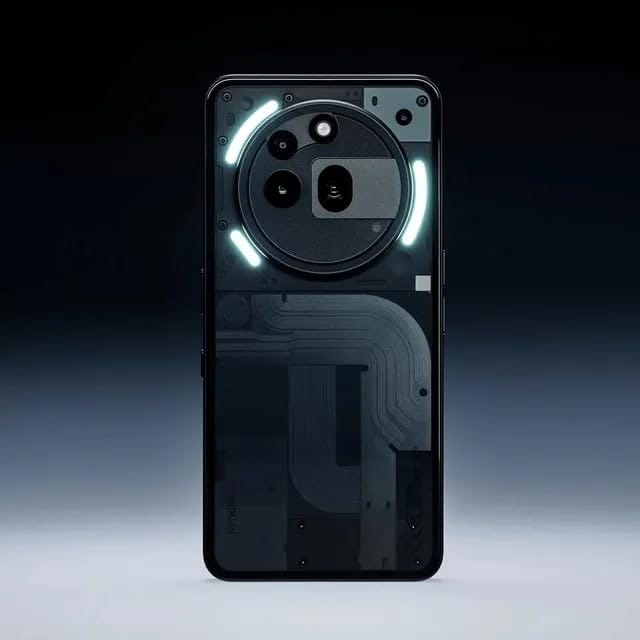
Google Pixel 9a: Best Camera for the Price
The Pixel 9a brings computational photography to the mid-range, offering night mode and portrait depth that rival the Pixel 8 Pro. It also excels at video stabilisation.
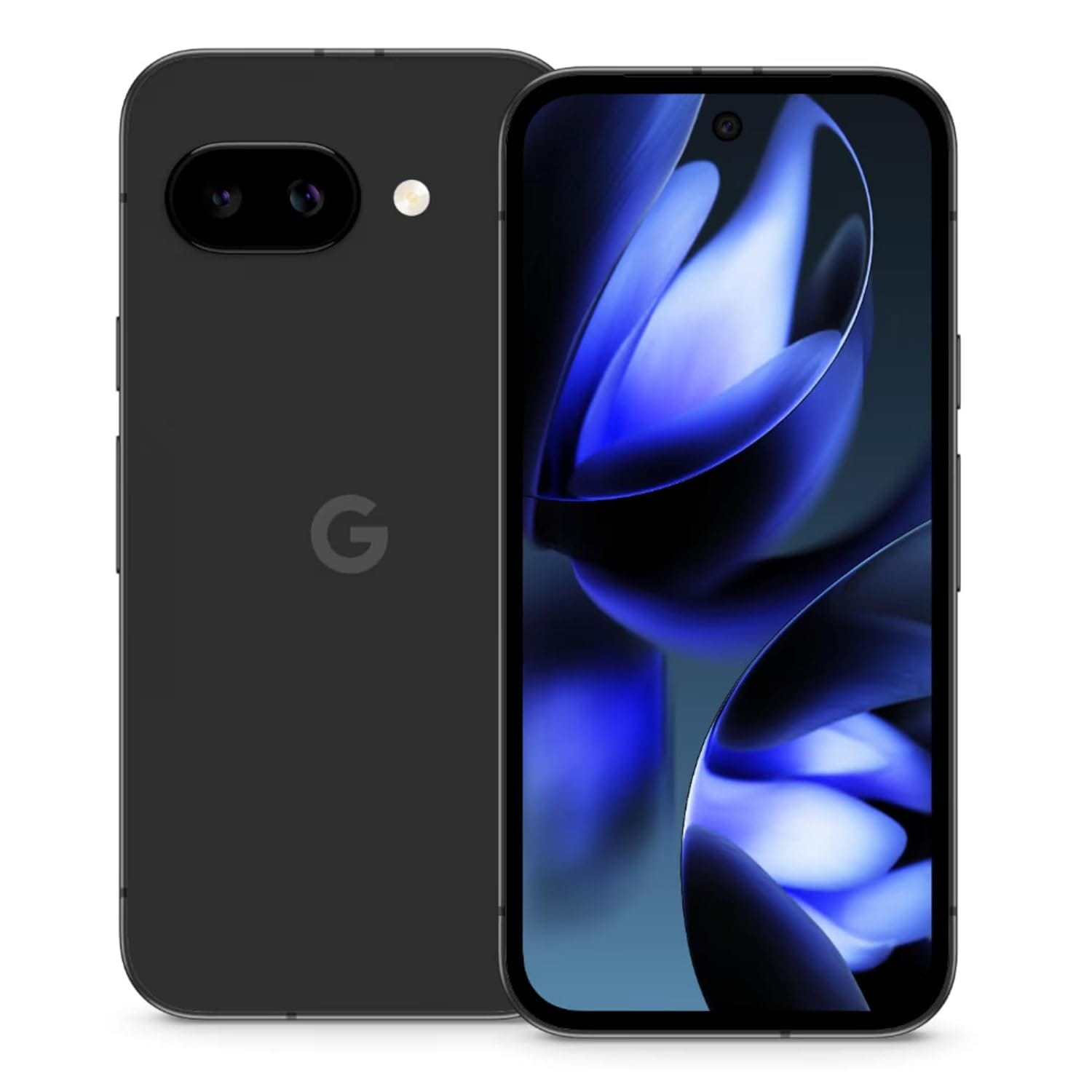
OPPO Reno 14: Premium Mid-Range Option
The Reno 14’s refined colour palette and slim frame make it a joy to hold. Its 120Hz AMOLED panel and camera versatility suit both work and entertainment.
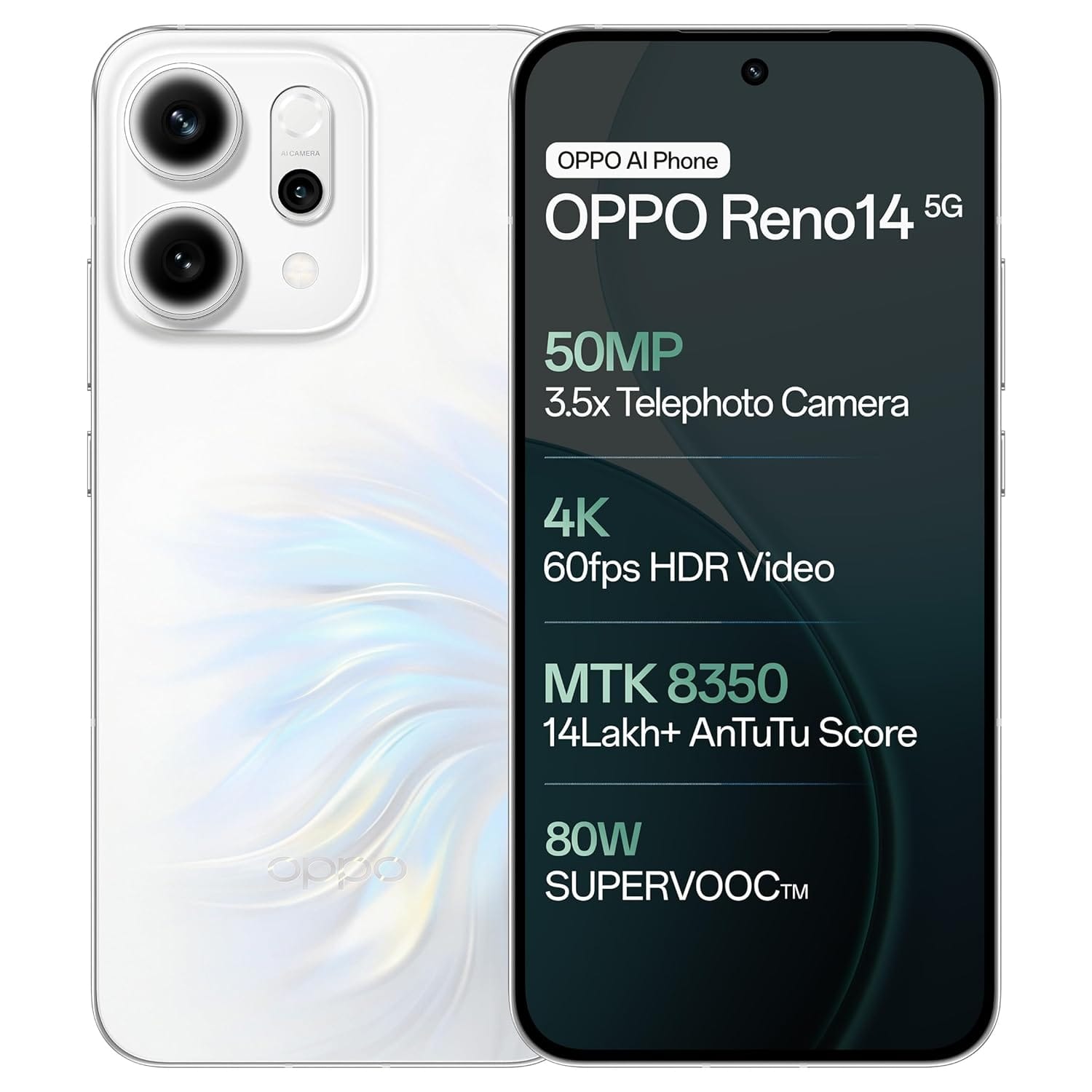
Vivo T4 Ultra: Gaming Performance
Built for gamers, the T4 Ultra features a dedicated cooling chamber, high-refresh display, and adaptive performance tuning that ensures stable frame rates during extended sessions.
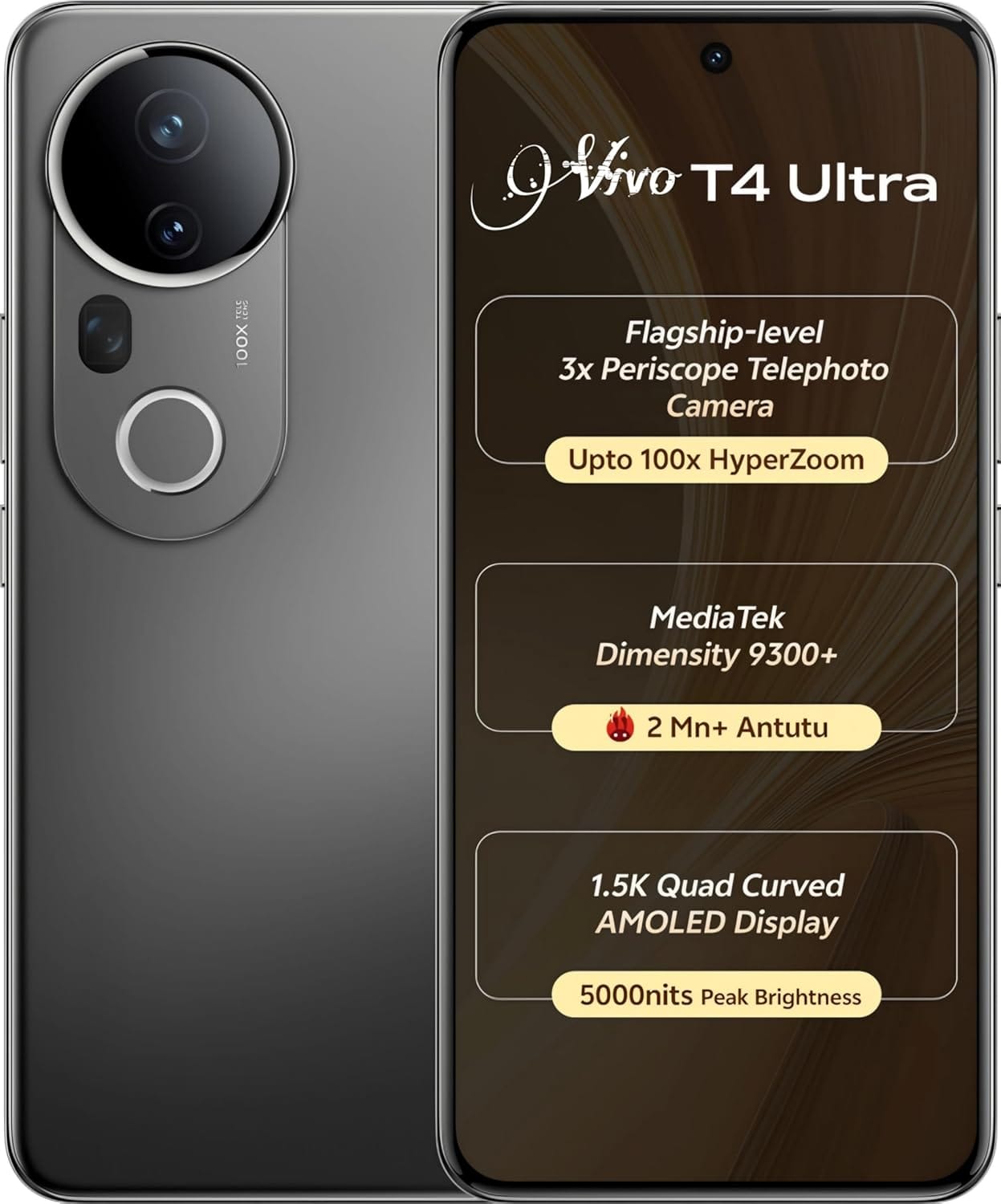
Mid-Range Phone Specifications That Match Flagships
AMOLED Displays in Mid-Range Phones
AMOLED technology, once reserved for flagships, is now standard in mid-range models. It provides vibrant colours, deeper blacks, and energy efficiency.
120Hz+ Refresh Rates: Now Standard in Mid-Range
Every top mid-range smartphone in 2025 features at least a 120Hz refresh rate. This smoothness enhances gaming and scrolling experiences.
Latest Processors: Snapdragon 8 Gen 3 and MediaTek Dimensity
The inclusion of Snapdragon 8 Gen 3 and Dimensity 9400e chipsets in this segment shows how powerful mid-range devices have become.
| Processor | Device Example | Benchmark (Geekbench Multi-Core) |
|---|---|---|
| Snapdragon 8 Gen 3 | OnePlus 13R | 7100 |
| Dimensity 9400e | Realme GT 7 | 6800 |
| Tensor G3 Lite | Pixel 9a | 5900 |
5G Connectivity: Future-Proofing Explained
All major mid-range phones in 2025 come with dual 5G SIM support, ensuring access to the fastest networks as coverage expands across India.
Battery and Charging Speed Advancements
120W and 150W charging speeds have become common, allowing a full charge within 20 minutes. Battery endurance now easily crosses the one-day mark for heavy users.
AI Performance Capabilities
AI integration has made smartphones more responsive and intelligent, enabling context-based photography and predictive system optimisation.
OnePlus 13R vs Realme GT 7: Which Mid-Range Flagship Killer?
This head-to-head comparison focuses on two leading contenders in the ₹35,000–₹40,000 price band.
| Feature | OnePlus 13R | Realme GT 7 |
|---|---|---|
| Display | 6.7" 1.5K AMOLED 120Hz | 6.78" AMOLED 120Hz |
| Processor | Snapdragon 8 Gen 3 | Dimensity 9400e |
| Battery | 5000mAh, 100W | 5500mAh, 120W |
| Main Camera | 50MP Sony IMX890 | 50MP Sony LYT-808 |
| Price | ₹39,999 | ₹36,999 |
Display Comparison: 1.5K AMOLED 120Hz
Both displays deliver excellent brightness and HDR quality. The OnePlus edges ahead in sharpness, while Realme offers marginally better contrast.
Processor Performance: Snapdragon 8 Gen 3 vs Dimensity 9400e
The Snapdragon 8 Gen 3 achieves slightly higher benchmark scores, but Realme’s Dimensity 9400e remains efficient for prolonged gaming sessions.
Camera System Comparison
The OnePlus camera setup produces more balanced tones, while Realme offers a richer dynamic range. Both excel in daylight photography.
Battery and Charging Speed
Realme’s 5500mAh cell with 120W charging lasts longer and charges quicker, making it ideal for users who value endurance.
Price and Value Analysis
The Realme GT 7 offers superior value for money, but the OnePlus 13R provides a more refined software experience.
Which Should You Buy?
Choose the OnePlus 13R if you prefer OxygenOS and balanced performance. Opt for the Realme GT 7 if you prioritise battery life and cost efficiency.
Best Mid-Range Camera Phones 2025: Photography Comparison
Google Pixel 9a: AI-Powered Photography
Google’s AI-enhanced camera captures remarkable dynamic range and low-light detail. It is the best choice for mobile photographers seeking accuracy.
Nothing Phone 3a Pro: Triple Camera Excellence
Nothing’s triple-lens configuration combines wide, ultra-wide, and macro photography, offering creative flexibility in one compact design.
OnePlus 13R: Balanced Camera System
OnePlus delivers excellent consistency, handling portraits, landscapes, and video with ease. Its natural tone mapping appeals to most users.
Xiaomi 14T Pro: Leica Imaging
The collaboration with Leica adds cinematic filters and impressive colour science, making it ideal for photography enthusiasts.
Low-Light and Night Photography Performance
All top models excel in night photography, though the Pixel 9a and Xiaomi 14T Pro produce the cleanest low-light shots.
4K Video Recording and Stabilisation
Every device listed supports 4K video, with stabilisation improving handheld footage for vloggers and travellers alike.
Mid-Range Gaming Phones: Performance for Gamers
Gaming Phone Processor Comparison
Snapdragon 8 Gen 3 and Dimensity 9400e handle heavy gaming titles effortlessly, maintaining frame rates above 90FPS.
120Hz+ Display Benefits for Gaming
High refresh rates reduce motion blur and enhance touch response, providing a smoother gaming experience.
Thermal Management and Cooling Technology
Phones like the Vivo T4 Ultra use vapour cooling chambers that keep temperatures stable even during long gaming marathons.
Gaming Benchmark Results
| Game | Frame Rate (Average FPS) | Device Tested |
|---|---|---|
| Genshin Impact | 90 | OnePlus 13R |
| Call of Duty Mobile | 120 | Vivo T4 Ultra |
| PUBG Mobile | 90 | Realme GT 7 |
Best Mid-Range Phones for PUBG, Genshin Impact and COD Mobile
The Vivo T4 Ultra and OnePlus 13R are top performers for gaming enthusiasts thanks to superior heat control and consistent frame rates.
Mid-Range vs Flagship: Performance Gap Analysis 2025
CPU Performance Comparison
The performance gap between Snapdragon 8 Gen 3 (mid-range) and Snapdragon 8 Gen 3 Pro (flagship) is now within 10 percent, making mid-range devices excellent alternatives.
GPU and Graphics Rendering
While flagship GPUs still dominate in peak graphics, mid-range devices now deliver comparable results in sustained gaming scenarios.
Real-World Performance: Apps and Multitasking
In daily use, app launch times, multitasking, and media editing show almost no noticeable delay between mid-range and flagship models.
Photography Processing Power
Flagship devices process images faster in RAW mode, yet mid-range phones produce equally appealing results for everyday photography.
When the Gap Matters: Gaming vs Productivity
Flagships still maintain an edge in thermal stability for extended workloads like video rendering or gaming tournaments.
Where Flagships Still Win
Flagship devices retain advantages in premium materials, IP68 certification, and longer software support timelines.
5G Mid-Range Smartphones: Future-Proof Connectivity Under ₹40,000
Understanding 5G Technology
5G offers reduced latency, faster upload and download speeds, and better network reliability. It is now available across major Indian cities.
5G Availability Across India
Most urban and suburban regions now have 5G connectivity, and telecom providers continue to expand coverage nationwide.
Best 5G Mid-Range Phones Under ₹40,000
Top models like the OnePlus 13R, Realme GT 7, and Nothing Phone 3a Pro all support multiple 5G bands for improved reception.
Is 5G Worth It in 2025?
For users in cities, 5G provides tangible speed benefits. However, rural users may not yet see full advantage until coverage becomes universal.
5G Performance vs 4G in Mid-Range Devices
Tests show that 5G download speeds average 600Mbps in metropolitan areas compared to 120Mbps on 4G networks.
OnePlus, Nothing, Realme, Google and Xiaomi: Mid-Range Leaders Compared
OnePlus: Performance and Software
OnePlus continues to excel in delivering powerful processors with OxygenOS, a near-stock Android experience renowned for speed and reliability.
Nothing: Unique Design and AI
Nothing focuses on transparency and minimalism, blending modern aesthetics with AI-driven features for a futuristic experience.
Realme: Value and Battery Innovation
Realme leads the value race, consistently offering fast charging, large batteries, and competitive specifications.
Google Pixel: Camera Excellence
Pixel phones are synonymous with computational photography and timely software updates, making them ideal for creators.
Xiaomi: Premium Build Quality
Xiaomi delivers craftsmanship and durability, often adding Leica cameras and flagship-level displays in its mid-range models.
Software Support and Update Timeline
Most brands now promise three years of major Android updates and four years of security patches, closing the gap with flagships.
Refurbished Mid-Range Flagships: Save 40% Without Compromising Quality
What is a Certified Refurbished Phone?
A certified refurbished phone is a pre-owned device restored to factory standards, tested for functionality, and sold with a warranty.
Refurbished vs New: Quality Comparison
Refurbished phones undergo multi-point inspections to ensure performance parity with new models, offering significant savings.
How Much Can You Save?
Savings can range between 30 and 40 percent compared to new devices. For instance, a OnePlus 13R priced at ₹39,999 may be available refurbished for around ₹25,000.
Warranty and After-Sales Support
Certified sellers provide six to twelve months of warranty, ensuring peace of mind similar to buying new.
Best Places to Buy Refurbished Mid-Range Phones
Authorised marketplaces and brand-certified programmes offer the safest options, including returns and authenticity guarantees.
Refurbished Mid-Range Alternatives
Popular refurbished models include the OnePlus 12R, Pixel 8a, and Realme GT Neo 6, all offering near-flagship performance at lower prices.
Mid-Range Phone Specifications Explained: What Each Feature Does
Display Technology: AMOLED vs LCD
AMOLED panels provide richer contrast and deeper blacks compared to LCD. They are now preferred in almost every mid-range phone for their superior visual output.
Refresh Rate Explained
A higher refresh rate means smoother motion. 120Hz is now standard in 2025, offering twice the smoothness of traditional 60Hz panels.
RAM Explained
More RAM allows better multitasking. Most mid-range phones come with 8GB or 12GB RAM, balancing speed and efficiency.
Processor Comparison
Processors are the heart of performance. Snapdragon 8 Gen 3 and Dimensity 9400e deliver flagship-level capabilities at mid-range prices.
Storage Types
UFS 4.0 storage in many mid-range devices allows faster app loading and file transfers, rivaling top-end phones.
Battery Capacity
A battery above 5000mAh ensures day-long use. Combined with fast charging, mid-range devices offer both endurance and convenience.
Conclusion
Mid-range smartphones in 2025 have transformed from budget compromises into genuine flagship challengers. The competition between OnePlus, Realme, Xiaomi, Nothing and Google has driven remarkable innovation in performance, design and photography at accessible prices. Whether you value gaming, photography, AI capability or long battery life, the ₹40,000 segment now offers something for everyone. Flagships still hold an edge in certain areas, but the gap has never been smaller. In short, mid-range phones in 2025 represent the perfect balance between cost and capability, allowing users to experience premium technology without the premium price.


